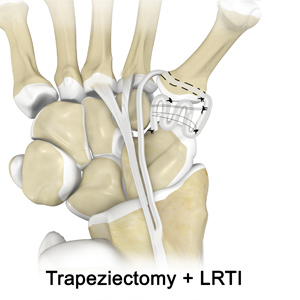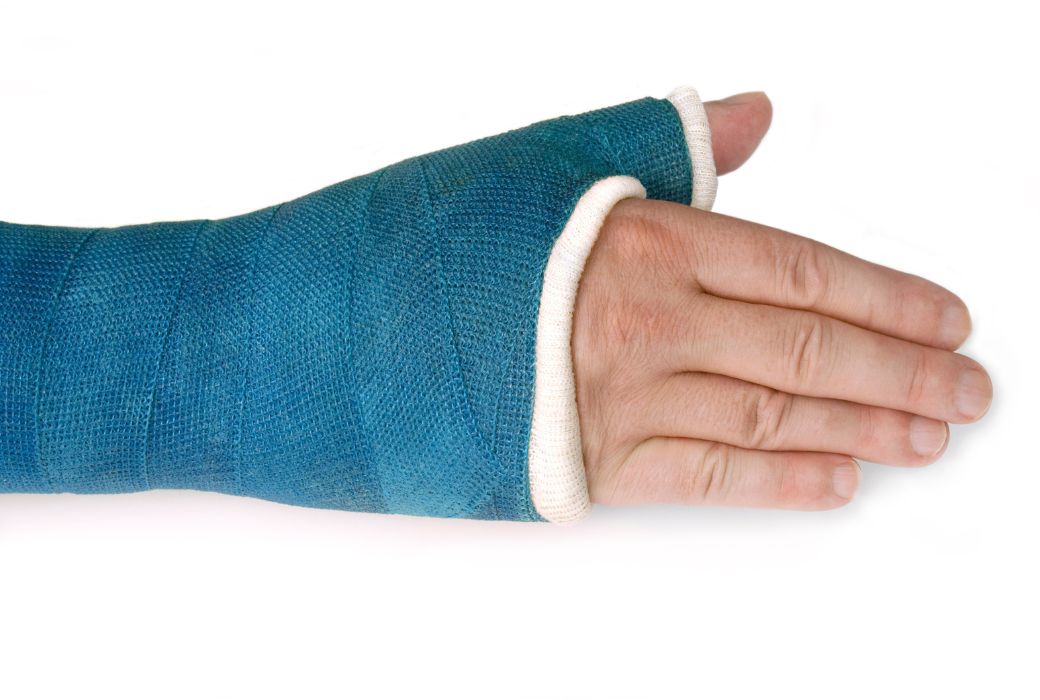Driving
You should allow approximately 8 weeks before driving and slightly longer if the procedure has been carried out on the left-hand side as changing the gear and using the hand break may be difficult to perform.

Osteoarthritis of the base of the thumb is a very common condition affecting mostly post-menopausal women. Men are less affected and typically develop this condition as a result of previous thumb fractures.
Wear of the articular cartilage is the main reason behind any arthritis. As the articular cartilage is lost across the joint and therefore the two ends of the bone rub over each other and lead to pain.
This can be due to:
Clinical assessment is often painful as the thumb is pushed for a relocation test. X-rays are preferred to investigate the base of thumb arthritis.

Pain relief is provided after surgery. The hand should be kept dry and clean until the stitches are removed. One week after the procedure the dressing is reduced by the practice nurse and a new lightweight plaster is applied for a further 5 weeks. This is to allow for pain relief and soft tissue healing. Normal daily activities and use of the hand are encouraged to avoid tendon and nerve adhesions immediately after surgery.
Hand therapy will start following the removal of the plaster at 6 weeks. Recovery from surgery can take 9-12 months and perseverance with physiotherapy is very important.

You should allow approximately 8 weeks before driving and slightly longer if the procedure has been carried out on the left-hand side as changing the gear and using the hand break may be difficult to perform.
Your return to work will depend on your job. Light manual workers can return to duty in 6-8 weeks. Heavy manual workers should not exert maximal grip for 8-10 weeks.
Please use this form if you are interested in booking an appointment. We do not give general medical advice over email.